The Ultimate Guide to Structural Steel Processing and Fabrication: A Complete Analysis of Processes, Applications and Plant Selection
introductory
Structural steelworktogether withManufacture of steel structuresAs a core aspect of the modern construction and engineering sector, it supports the skeleton of everything from skyscrapers to large-scale infrastructure. With increasing demands for quality, efficiency and safety, an in-depth understanding of the steel structure process from raw material to finished product, and the selection of a professional partner, has become critical to project success. This article aims to provide you with a comprehensive industry interpretation and selection guide.
I. Core Concept Analysis: Steel Processing and Manufacturing
In a nutshell.Structural steelworkIt usually focuses on cutting, welding and drilling steel to make the required components according to the design drawings. WhereasManufacture of steel structuresIt is a more comprehensive concept, which covers a series of processes from raw material procurement, deepening design, processing and production to surface treatment, quality inspection and even pre-assembly before delivery.
A typicalManufacture of steel structuresThe process consists of the following precision segments:
-
Intensive design and detailing: Based on architectural drawings, components are deepened using specialised software such as Tekla and Xsteel to generate accurate machining drawings.
-
Raw material preparation and correction: Procurement of compliant steel (e.g. Q235B, Q345B) and straightening to ensure material flatness.
-
Pattern release and guiding: 1:1 projection of the dimensions and shapes from the design drawings onto the raw material.
-
Cutting: CNC flame/plasma cutting, laser cutting or sawing is used to process steel into the desired shape.
-
Forming and Edge Finishing: Forming of components by bending, rolling, etc., and machining of welding bevels.
-
Assembly and riveting process: Precise pre-assembly of multiple parts by tack welding, riveting or bolting.
-
soldered: Main body welding by licensed welders using submerged arc welding, gas shielded welding and other processes.
-
Orthodontics and Plastic Surgery: Elimination of deformations and stresses arising from the welding process.
-
Rust Removal and Painting: Shot blasting/sand blasting to remove rust, and spraying of anti-rust paint and fireproof paint as required.
-
Preassembly and Inspection: Factory pre-assembly of complex components and non-destructive testing using ultrasonic flaw detection and other techniques.
-
Marking and shipping: Finish final marking, package and ship to construction site.
II. Core process of steel processing
Structural steelworkbeManufacture of steel structuresIt is the core link in the process, and its accuracy directly determines the quality of the final product.
-
Cutting process: ModernStructural steelworkwidely usedCNC cuttingtechnologies such as CNC plasma cutting and CNC flame cutting, which guarantee high precision and efficiency. For higher precision and thicker plate requirements, thelaser cuttingwith waterjet cutting also being used in specific areas.
-
Connection process: Welding and bolting are the main types of connection. In welding.Submerged arc automatic weldingWidely used in long weld seams due to its high quality and efficiency, while thegas shielded weldingIt is more suitable for field installations and complex locations. For some specific applications, the铆钉焊接Processes are also employed to meet specific strength or vibration resistance needs.
-
Forming process: By means of equipment such as bending machines, plate rolling machines, etc., steel plates are processed into the required arcs or angles, which in theManufacture of steel structuresThe pipes, vessels and building surfaces are vital.
![图片[1]-钢结构加工与制造终极指南:工艺、应用与选厂全解析(核心概念解析:钢结构加工与制造)-大连富泓机械有限公司](https://cndlfh.com/wp-content/uploads/2025/09/QQ20250927-182317-800x593.png)
III. Technical Advantages and Application Fields of Steel Structure
Manufacture of steel structuresThe product of what has become the backbone of modern engineering stems from a series of irreplaceable advantages.
Core strengths
-
High strength and light weightThe high strength of steel makes the cross-section of steel structure components small, which can effectively reduce the structural deadweight and save the cost of foundation, especially suitable for large-span and high-rise buildings.
-
Good toughness and excellent seismic performance: The good plasticity and toughness of steel enable it to absorb seismic energy effectively and exhibit excellent seismic performance.
-
Short construction period: Most of the components are prefabricated in factories and only need to be installed on site, which is highly industrialised and can significantly shorten the construction period.
-
green: Steel-framed buildings have a high material recycling rate after dismantling, which is in line with the concept of green building and sustainable development.
-
Uniform quality and high reliability: The steel production process is controlled, the material is uniform and isotropic, the calculation model is in good agreement with the actual, and the structure is reliable.
Main application industries
-
Construction: Ultra-high-rise office buildings, large commercial centres, sports stadiums, airport terminals and industrial plants.
-
infrastructure: Large bridges (e.g. steel box girder bridges, steel arch bridges), power station structures, hydraulic structures, transmission pylons.
-
Special structures: Petrochemical platforms, harbour cranes, large storage racks and various mining facilities.
![图片[2]-钢结构加工与制造终极指南:工艺、应用与选厂全解析(核心概念解析:钢结构加工与制造)-大连富泓机械有限公司](https://cndlfh.com/wp-content/uploads/2025/09/QQ20250927-182050-800x518.png)
IV. Choice of specialitySteel Structure ManufacturerA Practical Guide
In the face of numerous marketStructural steelworkservice providers, it is critical to make an informed choice. Please focus on the following key points:
-
Technical equipment and capacity assessment
-
Examine whether the company has advancedCNC cutting, andset up, andsolderedrespond in singinglivery (on airline or company vehicle)Production Line.
-
Understanding Business HeavyManufacture of steel structuresCapabilities, such as the ability to handle thick plates and large cross-section members.
-
-
Quality Assurance System and Certification
-
Confirm that the company is ISO 9001 certified for quality management systems, as well as industry-specific certifications (e.g., construction steel certification).
-
Examine its quality testing capability, whether it is equipped with perfect physical and chemical laboratory and non-destructive testing equipment.
-
-
Engineering Performance and Experience
-
Ask to see past success stories, especially project experience in your industry or similar structural forms.
-
If possible, make a site visit to their production plant to understand the level of on-site management and process execution.
-
-
Design deepening and technical service capacity
-
goodManufacture of steel structuresEnterprises should have strong deepening design capabilities, and be able to provide technical support and optimise the design scheme at the pre-project stage.
-
The table below summarises the core elements to look for when choosing a steel fabricator:
| survey dimension | Key indicators | Required Items and Potential Problems |
|---|---|---|
| Technical equipment | Equipment automation rate, processing accuracy, maximum processing specifications | CNC drilling machine, gantry welding equipment, sand blasting and descaling grade |
| Processes and qualifications | Welding process evaluation, welder qualification, anti-corrosion and fire protection process | Third-party inspection reports, inspection pass rates, paint brands and support systems |
| quality control | QC process integrity, lab configuration, pass rate standards | Raw material retest report, process inspection records, final inspection standards for finished products |
| Integrated services | Deepen design capability, on-time delivery, on-site co-operation | Design optimisation recommendations, production schedules, on-site installation guidance programmes |
V. Frequently Asked Questions (FAQ) about Steel Structure Processing
Q1: What are the common steel grades used in steel fabrication? How to choose?
A: In China, the most commonly used normal carbon structural steel is Q235, and the higher strength low alloy high strength structural steel is Q345.The choice needs to be based on the importance of the structure, load characteristics, connection method and working environment, etc., and in strict accordance with the design documents.
Q2: What are the main factors affecting steel fabrication quotes?
A: Key factors include:Steel grades and market prices, andStructural complexity and steel consumption, andNode connection form, andPainting Requirements, andProcessing technical difficultytooOrder Batchetc.
Q3: How can I judge whether the fabrication and welding quality of structural steel members are qualified?
A: A preliminary judgement can be made by the following points:exterior condition-The welding seam is formed evenly and beautifully, without obvious defects such as biting edges, porosity, slag entrapment, and so on;sizes–Conform to drawing tolerances. The key thing is to ask the manufacturer to provideUltrasonic inspection report issued by a third partyup toPhysical and chemical test report.
Q4: How to deal with corrosion and fire protection of steel structure?
A. anti-corrosionUsually, the composite coating system of “antirust primer + intermediate paint + top coat” is used, and the thickness and type of coating are determined according to the corrosive environment.fire protectionInstead, this is achieved primarily by spraying (or applying) fireproofing coatings to increase the fire resistance limit of steel components to the time required by the design code.
结束语
Structural steelworktogether withManufacture of steel structuresIt is a technology-intensive industry with stringent quality requirements. We hope this guide will help you fully understand the value of your process and provide you with a clear direction when choosing a partner. When starting your next project, it is recommended that you have an in-depth conversation with a number of specialised vendors to obtain targeted technical solutions and detailed evaluation quotes.
Have you ever worked with a steel structure manufacturer? Or have you encountered any other confusion in moving forward with a project? Feel free to share your insights and questions in the comments section and let’s discuss together.

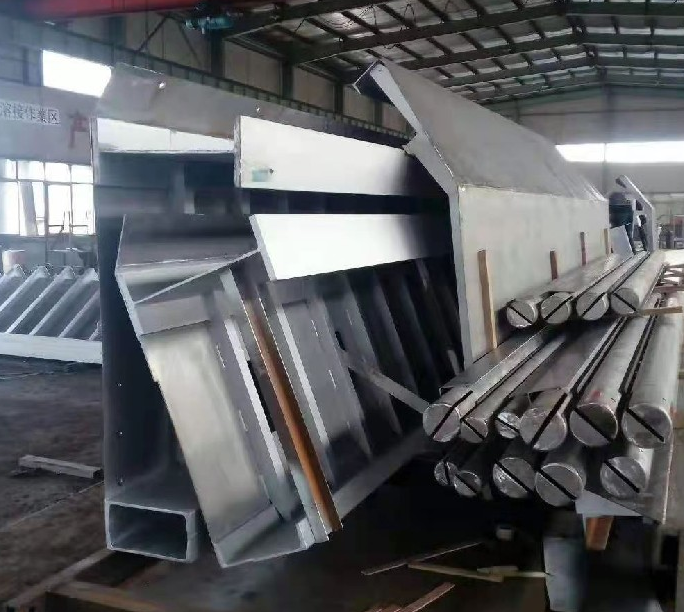


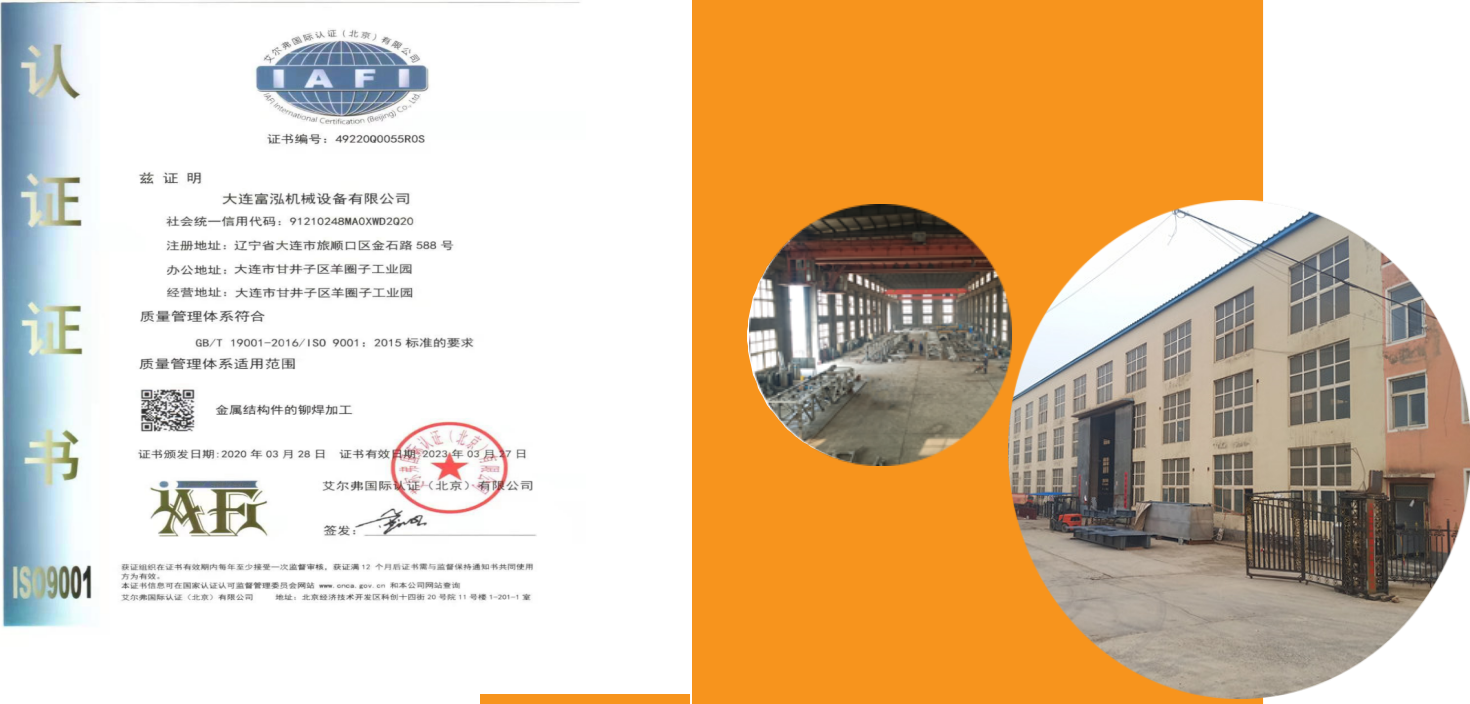

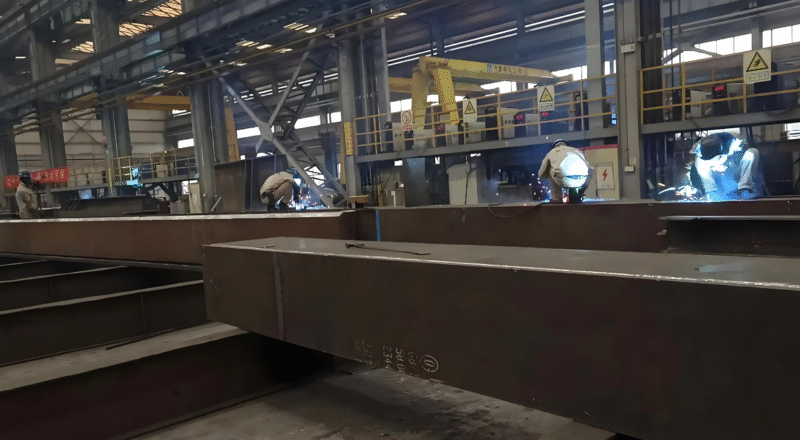
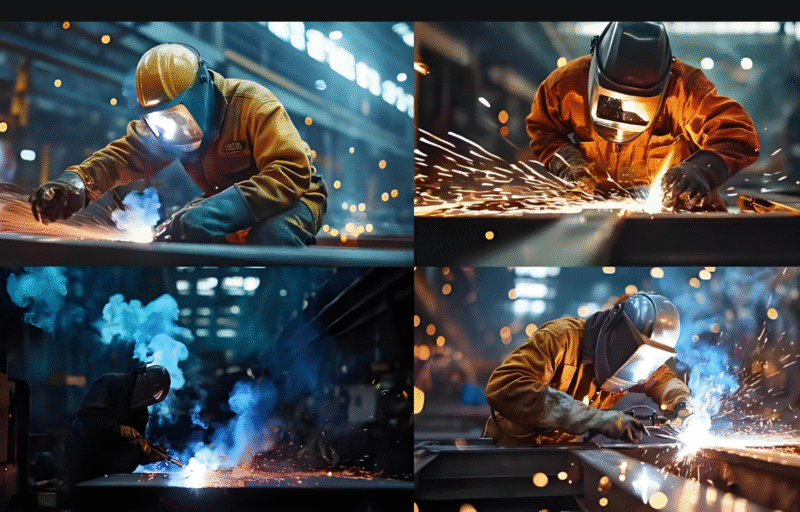

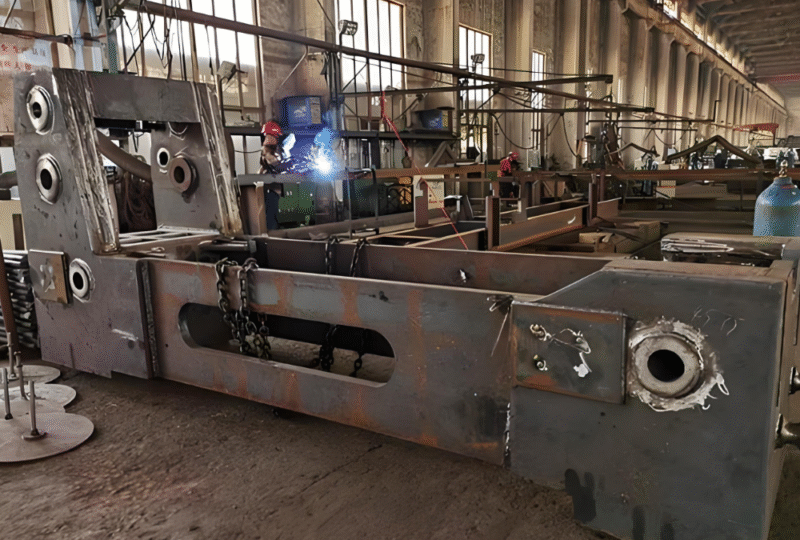

暂无评论内容